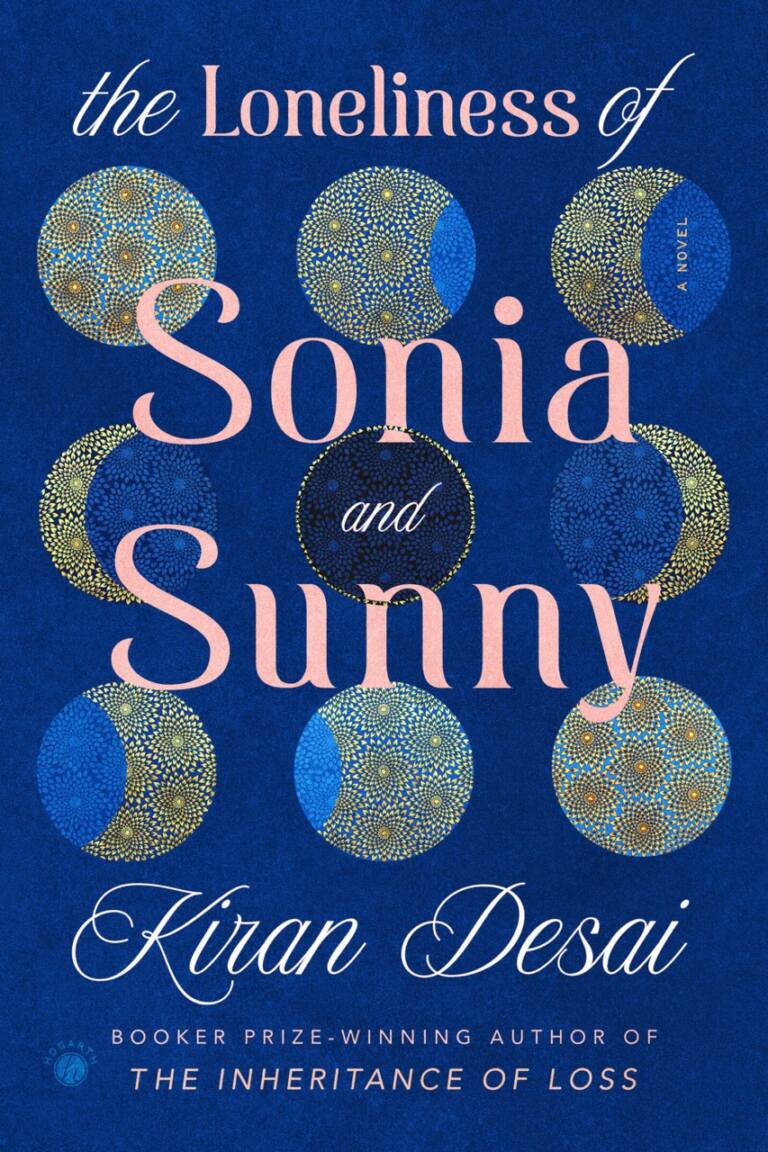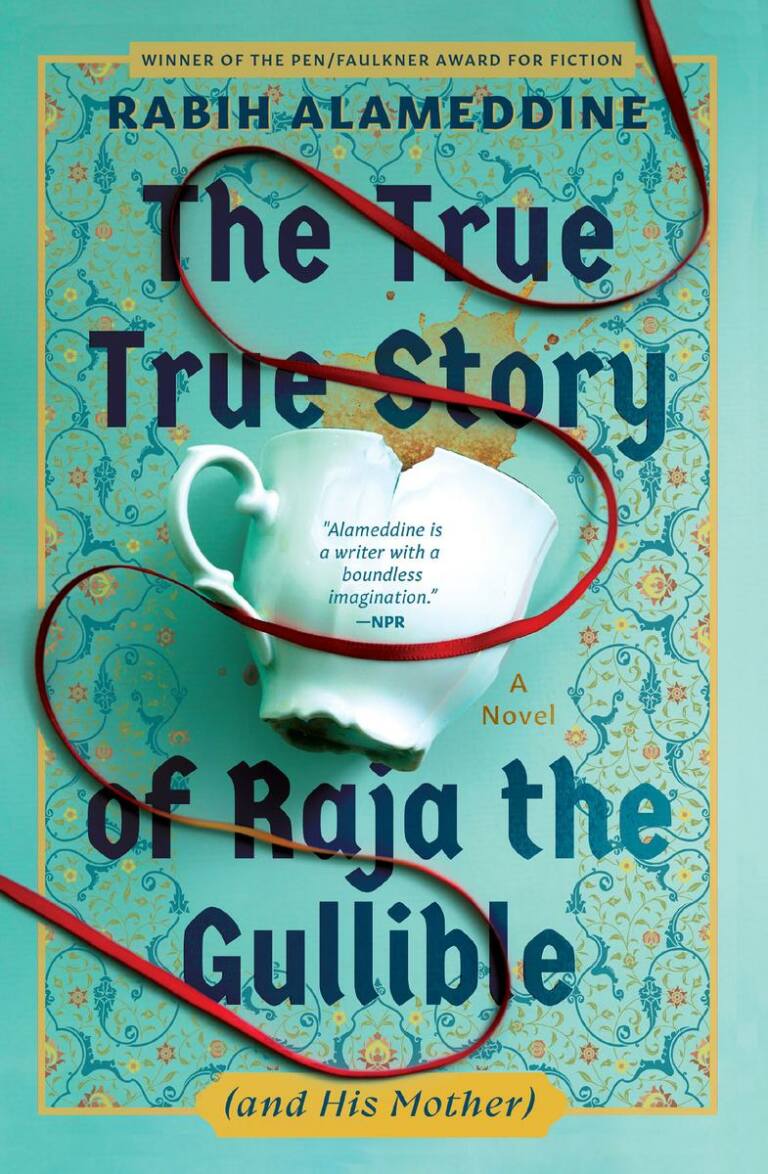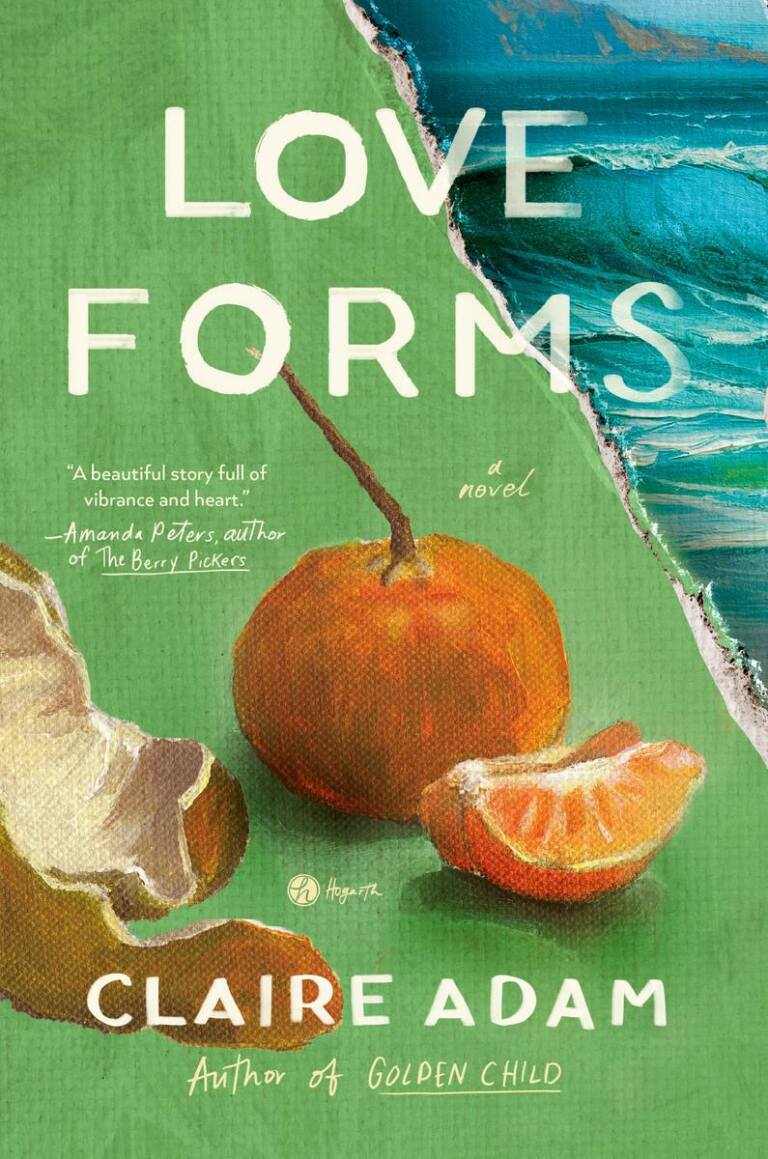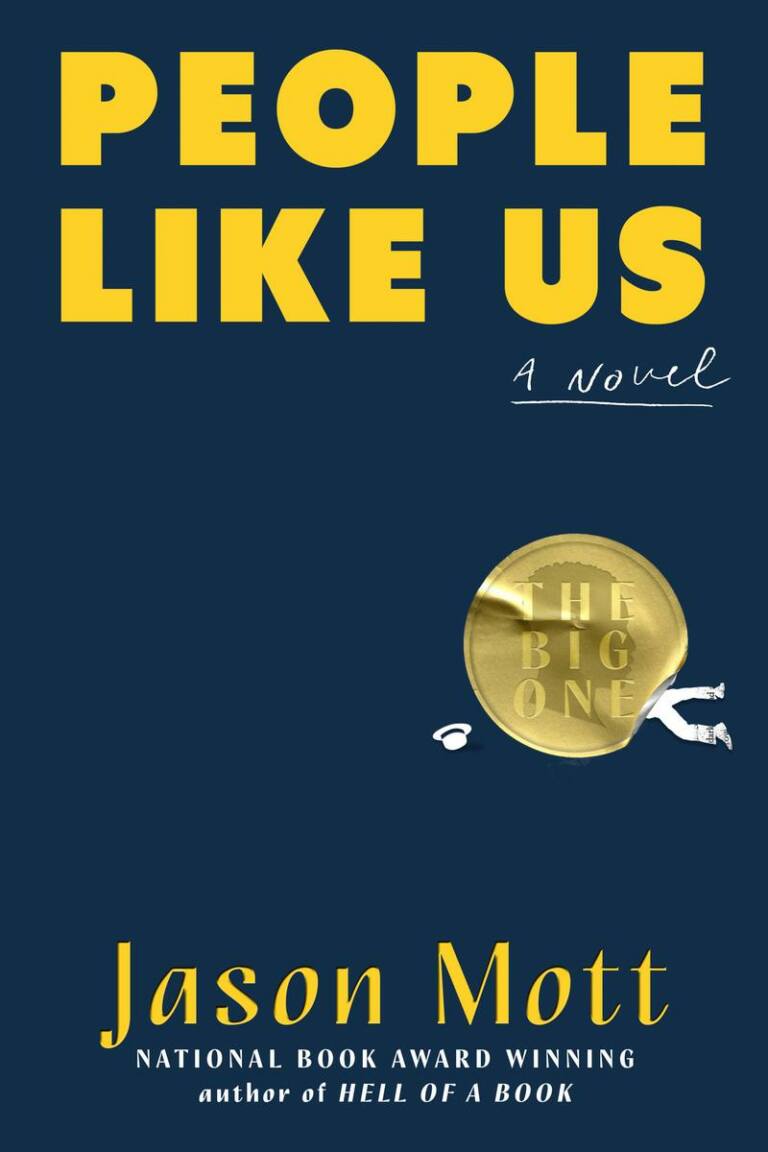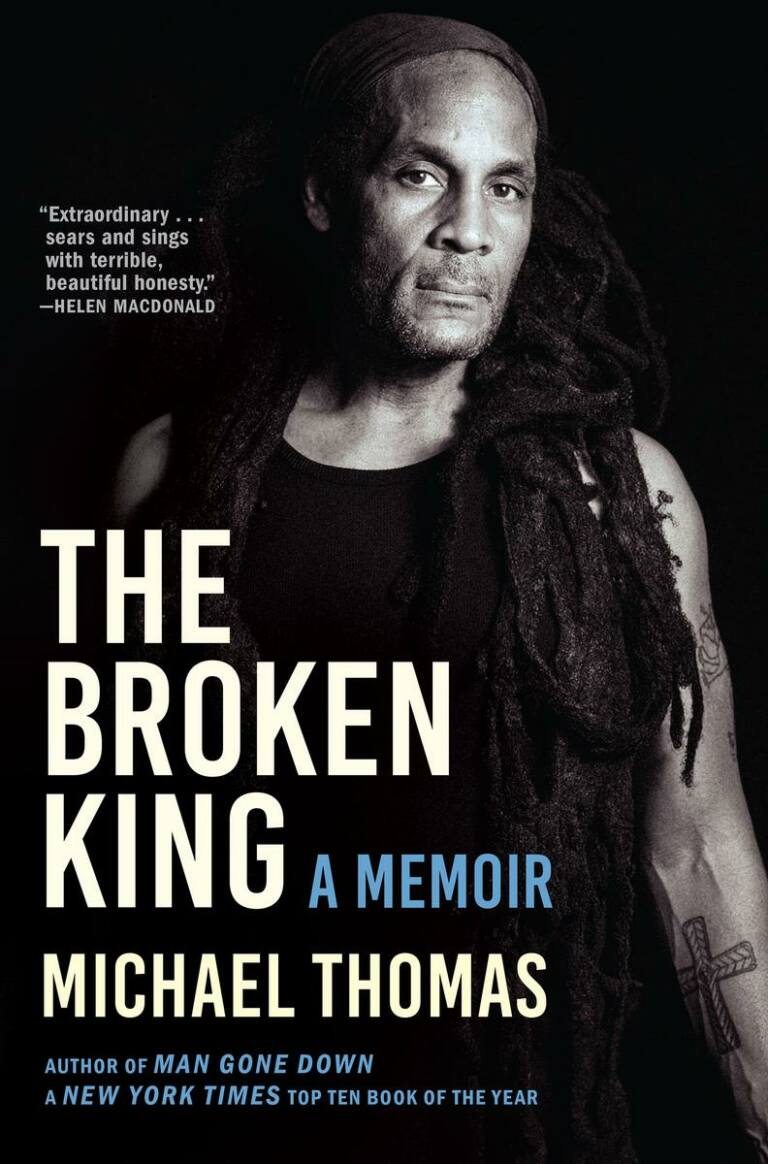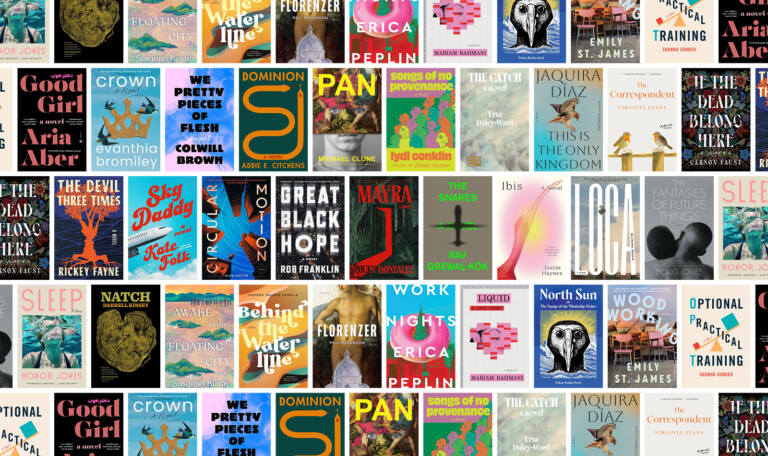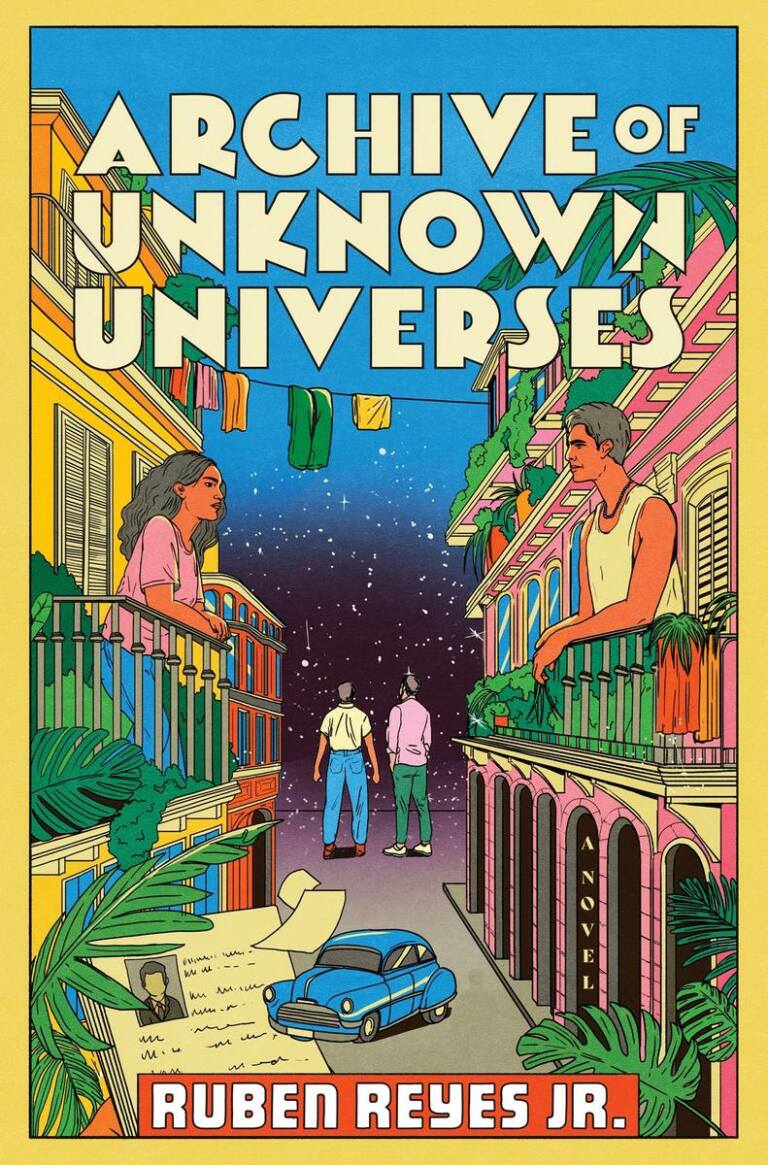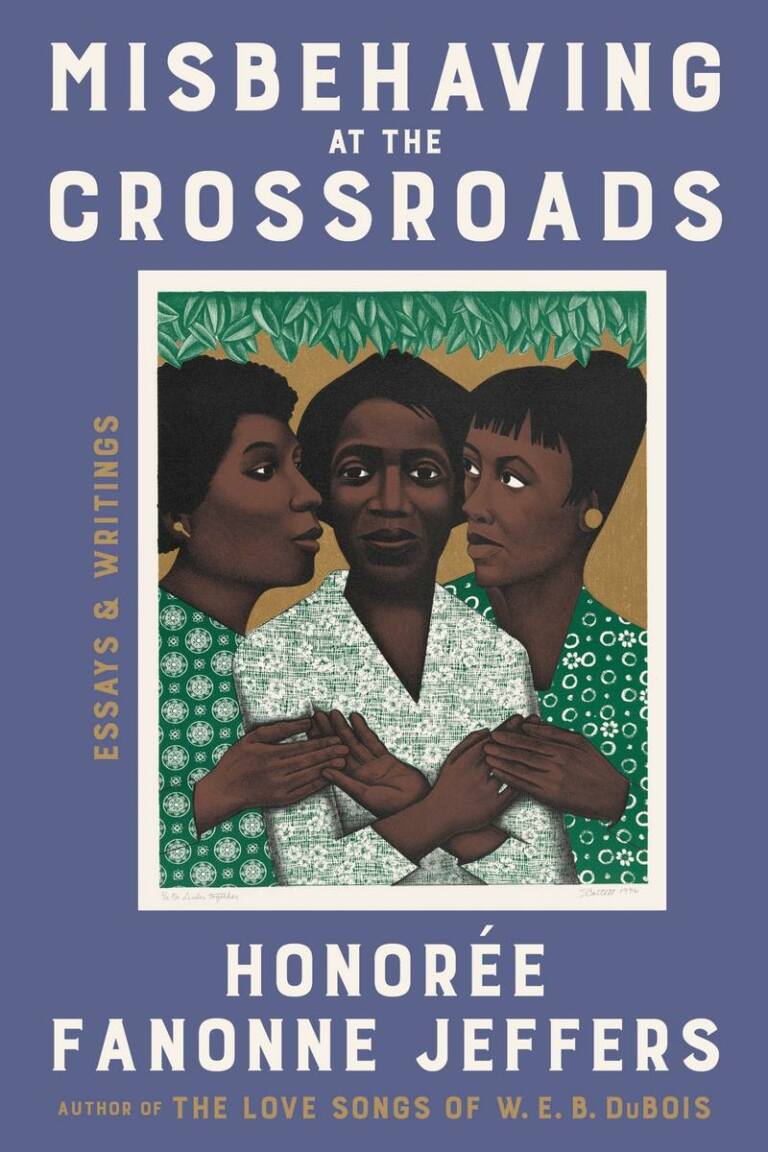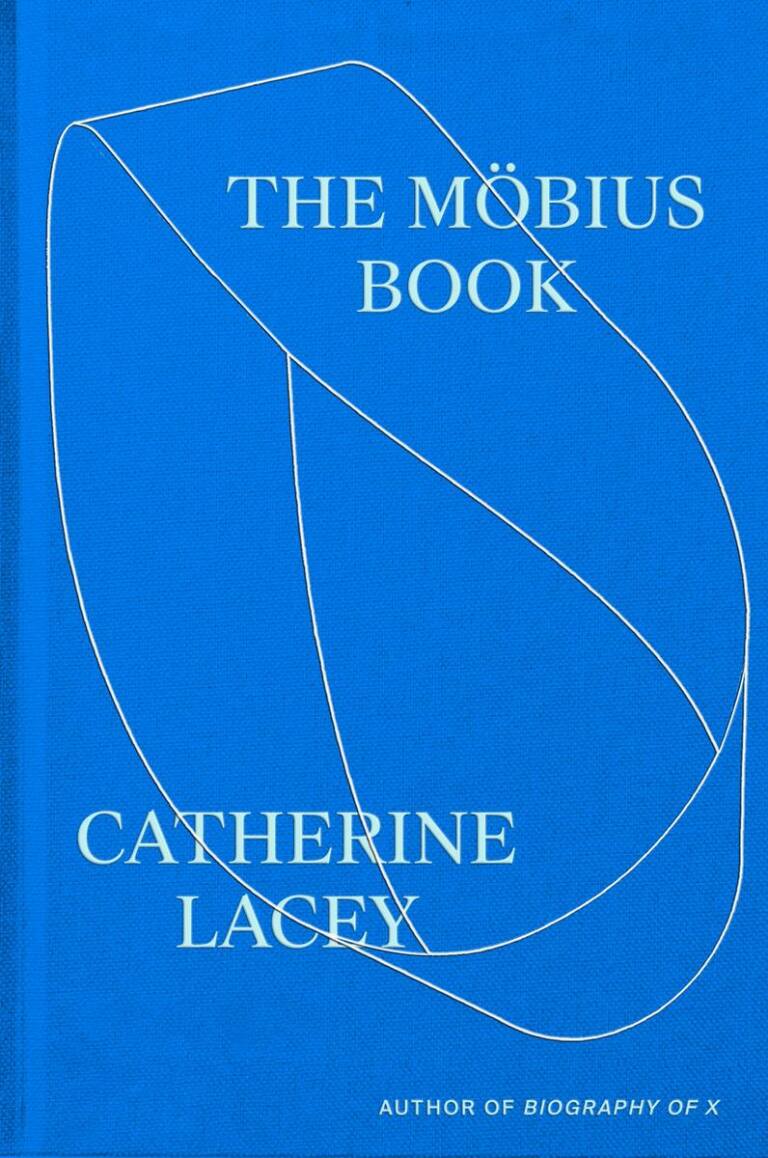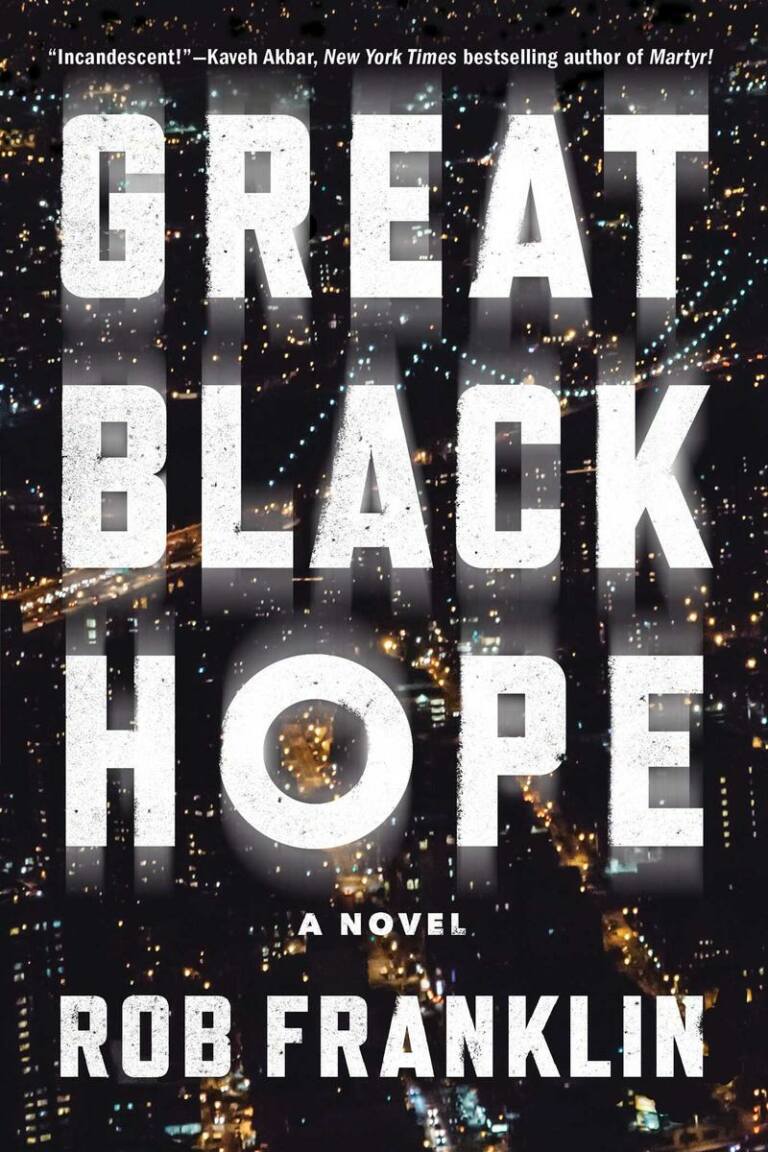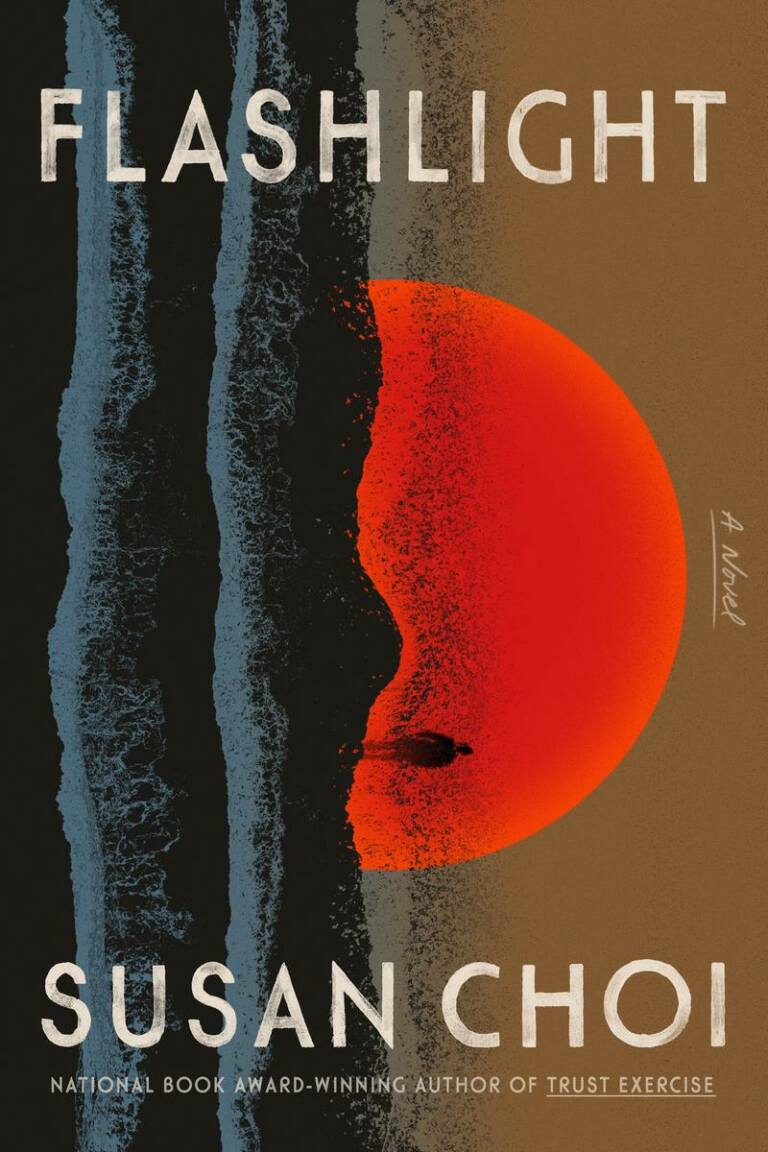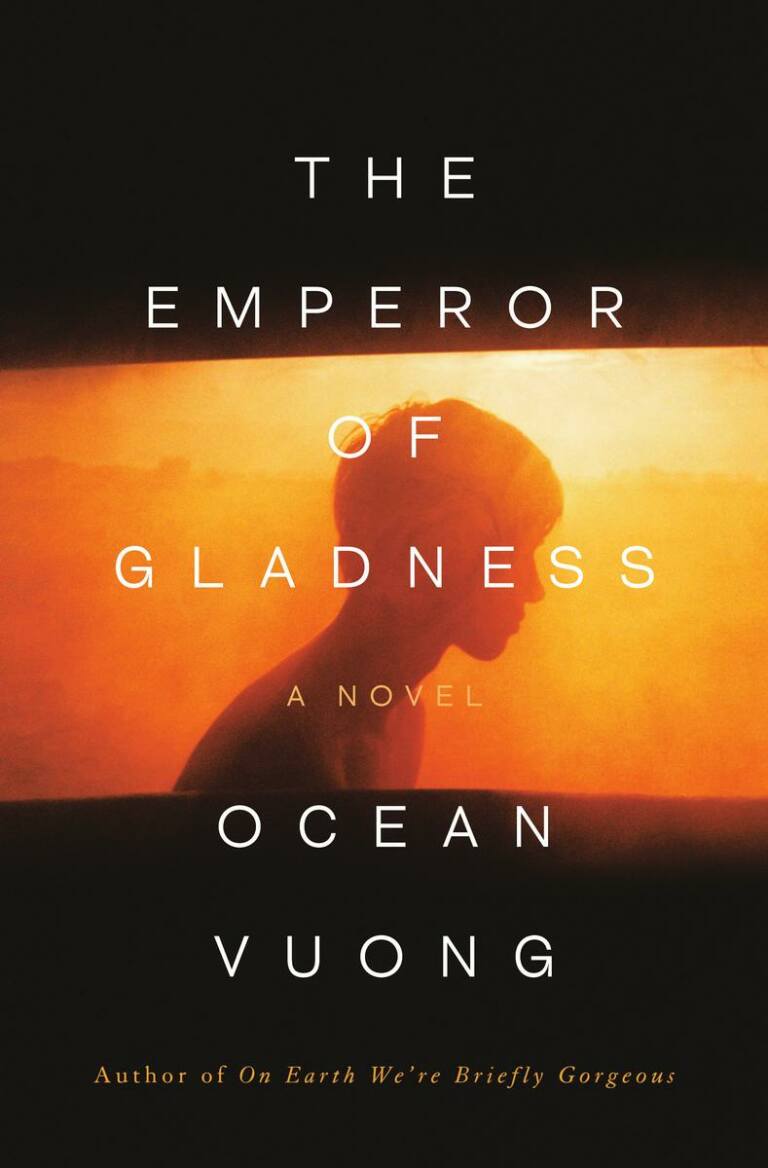November 9, 2024
This week we feature writers who remind us why we continue to read. Two crime novels are sure to entertain: one a return after a decade by a chronicler of gritty New York, the other a Scottish novelist’s blend of intrigue and psychological suspense. Three works of nonfiction explore significant participants in arts and letters—the glamorous heyday of LA culture viewed through the lens of two iconic women, a book by a celebrated English art activist, and one from a highly regarded American publisher.
Happy reading,
Melanie Fleishman
Buyer, The Center for Fiction Bookstore
Featured Books
-
.

Didion & Babitz
By LILI ANOLIK
Published by SCRIBNER
Two of the most quintessential women associated with the cultural scene in ’60s and ’70s LA, Joan Didion and Eve Babitz were very different kinds of artists. Their personalities are brought to life in Anolik’s salacious double portrait filled with juicy, name-dropping anecdotes. Through letters, journals, and interviews, Anolik reveals how both women epitomized the era—one with cool detachment, a traditional marriage, a thriving literary career, acknowledged as intellectual royalty (Didion); the other with an irrepressible urge for experience whose collages graced the covers of rock-and-roll albums, and who Didion’s husband, John Gregory Dunne, called “the dowager groupie” (Babitz). It is a fascinating time capsule.
-
.

Lazarus Man
By RICHARD PRICE
Published by FSG
A five-story tenement building in Harlem collapses. Four vivid characters come off the page, their lives and those of the entire community struggling in the 2008 financial crisis irrevocably changed. One is trapped for five days in the rubble; one runs a declining funeral home; one is a detective searching for a survivor; and one is a young photographer who loves his neighborhood because, “nobody ever passed judgement on you for being who you naturally were.” Price, whose command of authentic dialogue is the hallmark of bestselling novels like Clockers and the TV series The Wire, returns after almost ten years with one of his best yet.
.
-
.

Acts of Resistance
By AMBER MASSIE-BLOMFIELD
Published by NORTON
Massie-Blomfield lays out why art is fundamentally political. She attempts to answer questions like, “…what moral responsibility do artists have?” Her essays cover topics from eco-literature—as early as fifty years ago with Edward Abbey’s The Monkey Wrench Gang—to protest songs like Billie Holiday’s “Strange Fruit” about lynching. This book reminds me of another terrific case for art’s place in our lives, Olivia Laing’s Funny Weather from the same publisher. Fun fact: the author produced a stage adaptation of Olga Tokarczuk’s Drive Your Plow Over the Bones of the Dead, which is coming to the U.S.
-
.
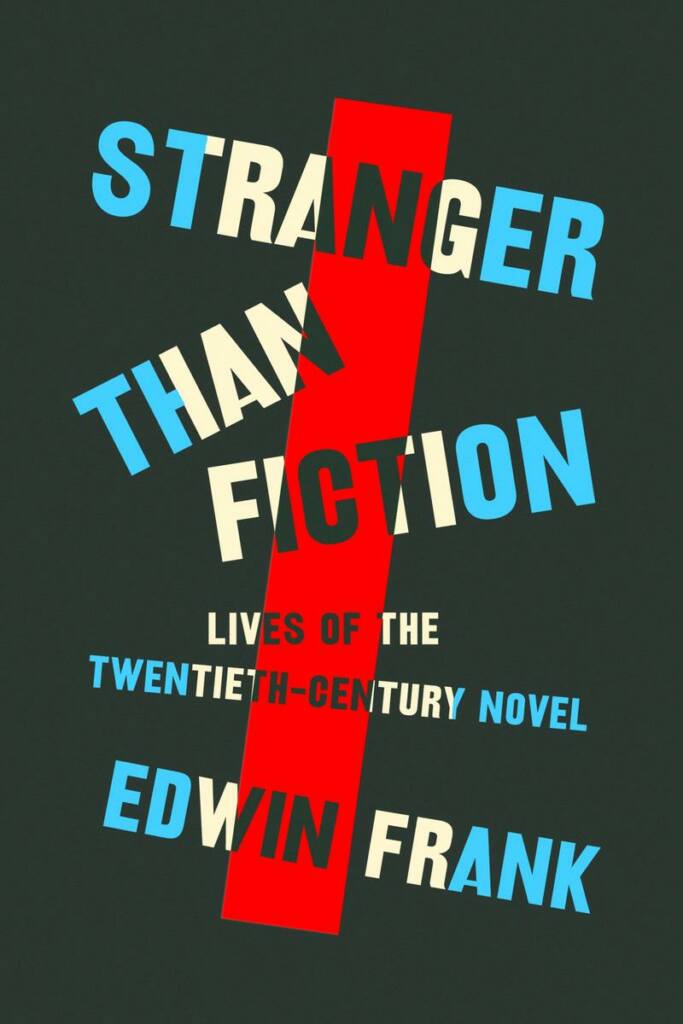
Stranger Than Fiction
By EDWIN FRANK
Published by FSG
Many readers will love this book—including devotees of NYRB, the brilliant imprint of lost classics from New York Review Books. Frank, founder and editorial director of the publisher, has chosen to focus on over thirty examples of great books from the last hundred years, providing astute assessments and biographical material. About Virginia Woolf’s Mrs. Dalloway he writes, “[It is] representative of Woolf’s utopian wish to recover the balance and scope of the 19th-century novel in a form appropriate to our times.” The selected authors include Fyodor Dostoevsky, Chinua Achebe, Elsa Morante, James Joyce, and Ralph Ellison—plus an additional ninety for your consideration.
.
-
.
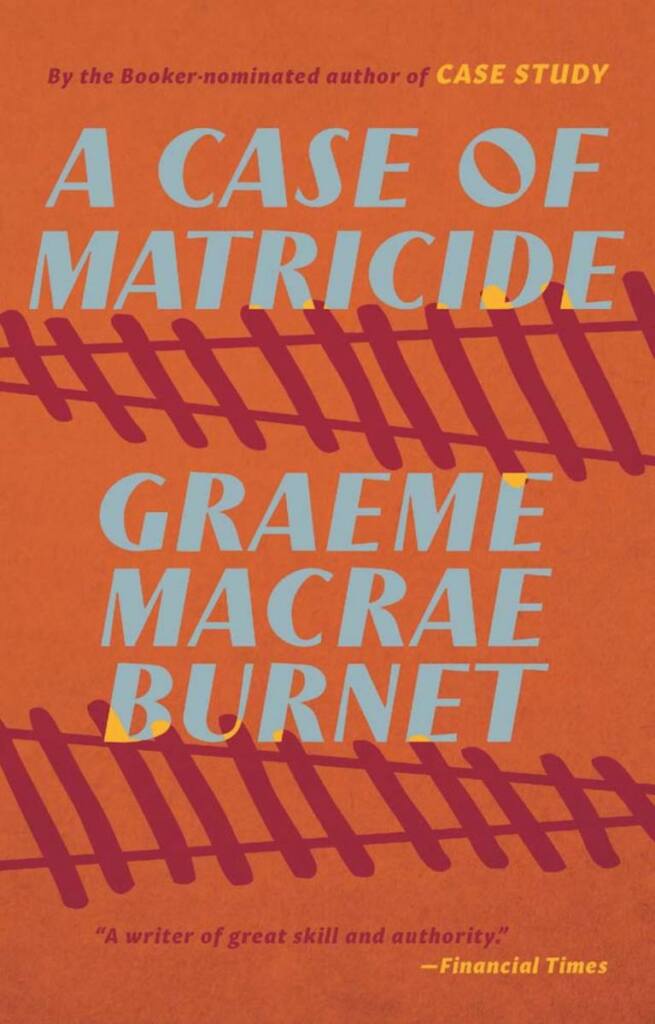
A Case of Matricide
By GRAEME MACRAE BURNET
Published by BIBLIOASIS
Burnet, whose Case Study was longlisted for the Booker Prize in 2022, returns with a quick-witted, literary crime story. Chief Inspector Gorski, whom we first met in The Disappearance of Adèle Bedeau, remains in the small Alsace town of Saint-Louis. He is faced with many annoying tasks including sorting out an aging woman’s insistence that her son is trying to poison her. He is also dealing with a worrisome stalker. Gorski, whose daily routine is punctuated by pub visits, describes one character as “a man who opened his mouth without having first formulated what he wanted to say.” But Burnet’s meta mystery is well calculated, sure to please fans and critics alike.
